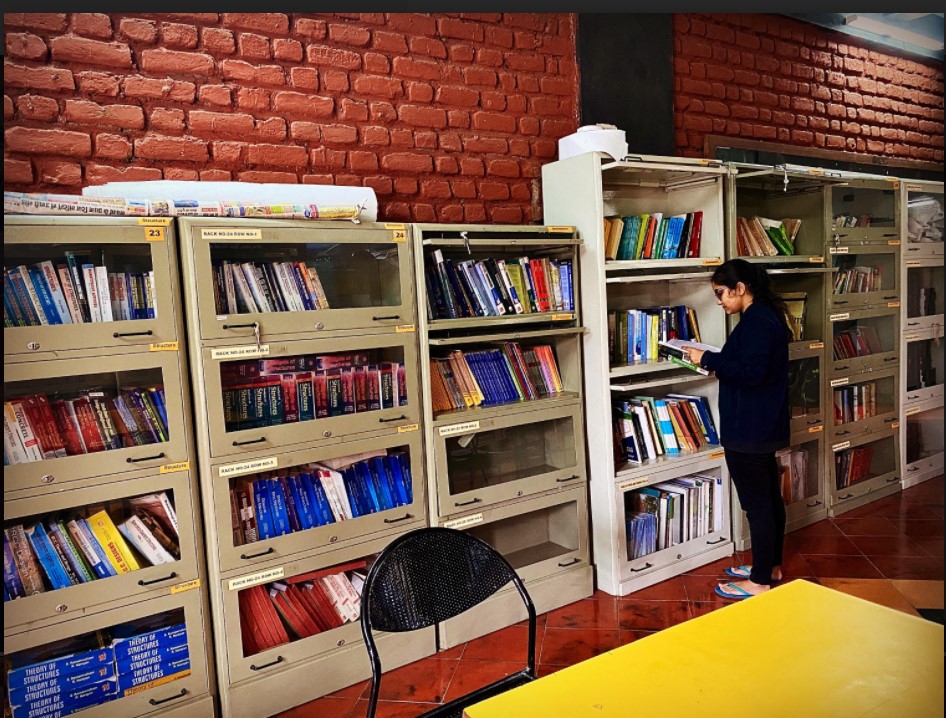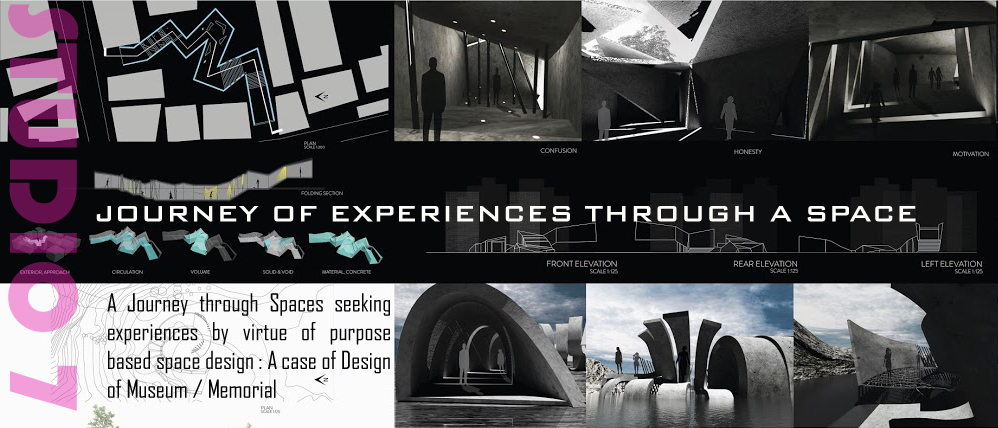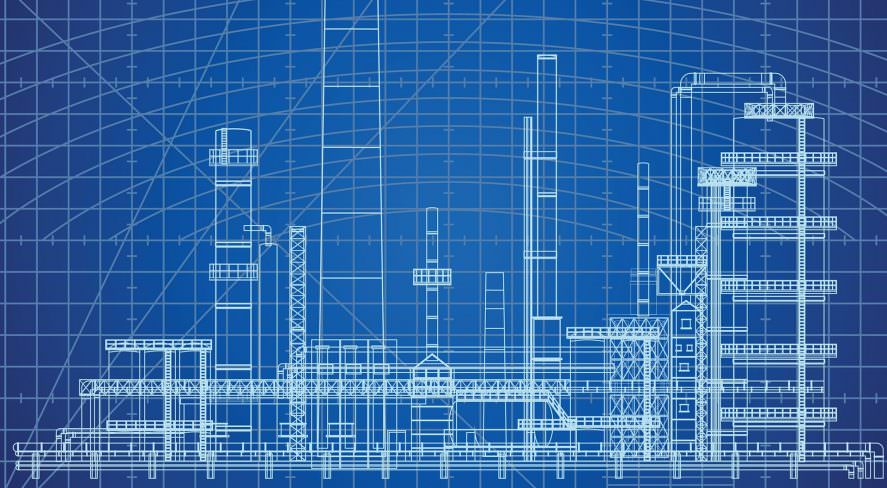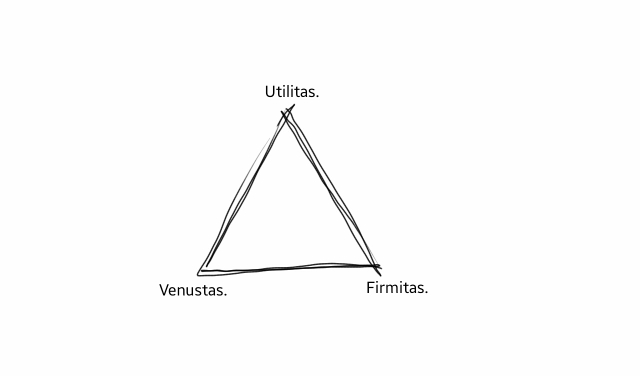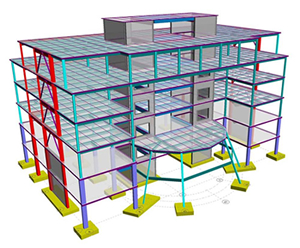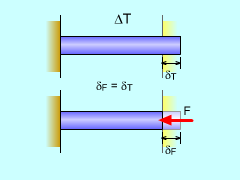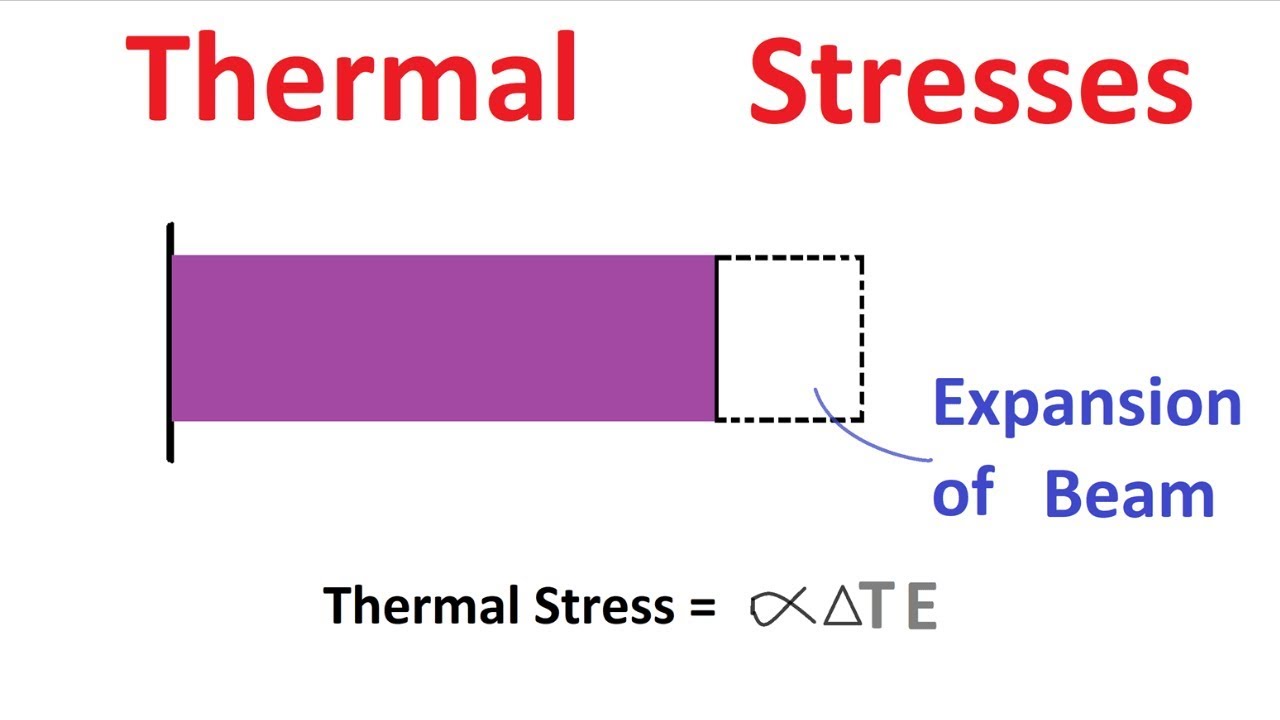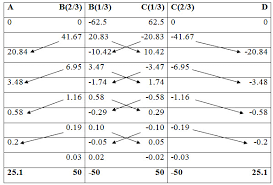Course categories
Skip available courses
Available courses
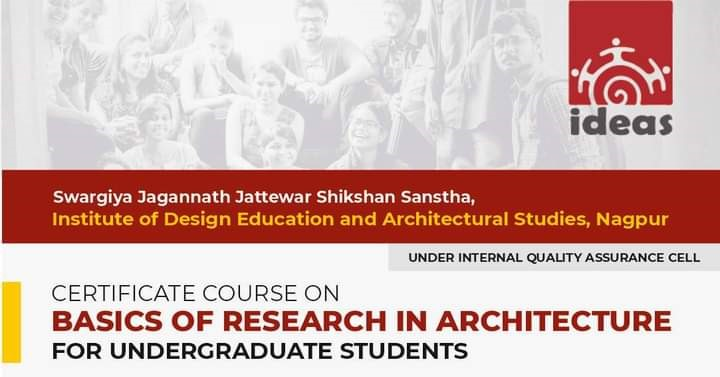
Basics of Research in Architecture

Certificate Course on Basics of Research in Architecture
1. Introduction to the course:
The Objective of this course to pay attention to the most
important dimension of Research i.e. Research Methodology. It will enable the
Researchers to develop the most appropriate methodology for their Research
Studies. The mission of the course is to impart research skills to the
beginners and help improve the quality of Research and its
understanding through theory and its application in existing research work.
The Course Structure is designed in a
way that the learning of Research Methodology can move from Mugging up
syndrome to thoughtful -practical method; from a teaching process to an experimental
process, from memorizing to brainstorming, from clearing the examination
to feedback learning, from knowledge transfer to knowledge creation, from
competitive learning to collaborative learning.
2. Course Objectives:
The objectives of this certificate course can be classified as:
1. To develop aptitude for research understanding in general.
2. To develop the skills of framing research question.
2. To encourage researchers to undertake and conclude such research work.
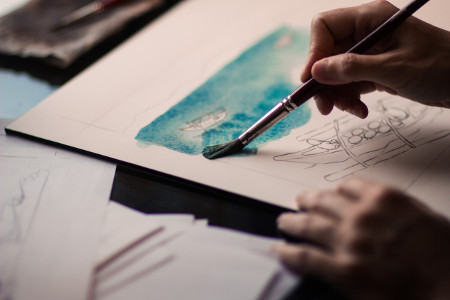
1st Sem Course Exit Survey (Feedback Form)
Course Exit Survey is to get students feedback on various aspects of a course like understanding the syllabus content, attainment of course objective and also about faculty.

2nd Sem Course Exit Survey (Feedback Form)
Course Exit Survey is to get students feedback on various aspects of a course like understanding the syllabus content, attainment of course objective and also about faculty.

3rd Sem Course Exit Survey (Feedback Form)
Course Exit Survey is to get students feedback on various aspects of a course like understanding the syllabus content, attainment of course objective and also about faculty.

4th Sem Course Exit Survey (Feedback Form)
Course Exit Survey is to get students feedback on various aspects of a course like understanding the syllabus content, attainment of course objective and also about faculty.

5th Sem Course Exit Survey (Feedback Form)
Course Exit Survey is to get students feedback on various aspects of a course like understanding the syllabus content, attainment of course objective and also about faculty.

6th Sem Course Exit Survey (Feedback Form)
Course Exit Survey is to get students feedback on various aspects of a course like understanding the syllabus content, attainment of course objective and also about faculty.

7th Sem Course Exit Survey (Feedback Form)
Course Exit Survey is to get students feedback on various aspects of a course like understanding the syllabus content, attainment of course objective and also about faculty.

8th Sem Course Exit Survey (Feedback Form)
Course Exit Survey is to get students feedback on various aspects of a course like understanding the syllabus content, attainment of course objective and also about faculty.

9th Sem Course Exit Survey (Feedback Form)
Course Exit Survey is to get students feedback on various aspects of a course like understanding the syllabus content, attainment of course objective and also about faculty.

AutoCAD for Design and Drafting
WHAT WILL YOU LEARN?
-
Draw and organize objects, use advanced editing functions, and draw accurately using the User Coordinate System.
-
Create and manage your layouts, outputs, printings, and use annotation techniques like markup tools, hatch and fill, multileaders, and dimensioning.
-
Perform drawing management techniques, use blocks for efficiency, and control external reference and underlay files.
-
Demonstrate the skills and knowledge required for taking the Autodesk Certified Professional: AutoCAD for Design and Drafting exam.

Architectural Design I (Batch C)
Architectural Design I
Objectives: The primary objective shall be to develop in students the understanding
and relevance of human scale and space formation, elements of built form and its
role in spatial realms.
1. Anthropometry:
a. Study of Human dimensions, concept of percentile in Indian standards, space
required for various simple activities, circulation spaces.
2. Form and Space:
a. Volumes, elements of volumes, enclosure of space, semi-enclosed spaces,
defining space by elements, light and shade as contributing factors, color,
texture & form, view, visual relationship. Properties of forms and their impact
on spatial experience.
3. Elements of built form:
a. Basic Elements: Walls, Floors, windows, doors, staircase, façade, etc.
b. Ancillary Elements: Courtyards, balconies, canopy, patio, sitouts, water
bodies, pergola, etc.
c. Relevance of all such elements on architectural expression and spatial
quality.
Small modules of short design projects based on developing the understanding of
above mentioned topics.

Allied Design Studio I (Batch A)
UNIVERSITY SYLLABUS
Developing skills in
manual presentation techniques, use of various media of presentation,
Principles of 2-D & 3-D compositions, Principles of Design.
Visual Art:
Visual Art is aimed at providing knowledge and understanding of various visual arts and its importance. It further aims at developing freehand drawing and rendering skills in different medium and using it as tool of expressing ideas visually.
Unit I:
Introduction to basic elements of visual arts – point, line and plane. Study of Visual properties of 2-Dimentional forms both geometrical and non-geometrical surface and visual texture and optical illusion. Introduction to principles of organization/composition- Repetition, Variety, Radiation, Rhythm, Gradation, Emphasis & Subordination, Proportion, Harmony, Balance.
Unit II:
Free hand line sketching and drawing of natural and manmade objects. Study of shades and shadows. Sketching of structures with architectural importance using different medium.
Unit III:
Study of classification of colours with different hues, values, and shades. Colour wheel and colour composition, properties of colour.

Allied Design Studio I (Batch B)
UNIVERSITY SYLLABUS
Developing skills in manual presentation techniques, use of various media of presentation, Principles of 2-D & 3-D compositions, Principles of Design.
Visual Art:
Visual Art is aimed at providing knowledge and understanding of various visual arts and its importance. It further aims at developing freehand drawing and rendering skills in different medium and using it as tool of expressing ideas visually.
Unit I:
Introduction to basic elements of visual arts – point, line and plane. Study of Visual properties of 2-Dimentional forms both geometrical and non-geometrical surface and visual texture and optical illusion. Introduction to principles of organization/composition- Repetition, Variety, Radiation, Rhythm, Gradation, Emphasis & Subordination, Proportion, Harmony, Balance.
Unit II:
Free hand line sketching and drawing of natural and manmade objects. Study of shades and shadows. Sketching of structures with architectural importance using different medium.
Unit III:
Study of classification of colours with different hues, values, and shades. Colour wheel and colour composition, properties of colour.

Allied Design Studio I (Batch C)
UNIVERSITY SYLLABUS
Developing skills in manual presentation techniques, use of various media of presentation, Principles of 2-D & 3-D compositions, Principles of Design.
Visual Art:
Visual Art is aimed at providing knowledge and understanding of various visual arts and its importance. It further aims at developing freehand drawing and rendering skills in different medium and using it as tool of expressing ideas visually.
Unit I:
Introduction to basic elements of visual arts – point, line and plane. Study of Visual properties of 2-Dimentional forms both geometrical and non-geometrical surface and visual texture and optical illusion. Introduction to principles of organization/composition- Repetition, Variety, Radiation, Rhythm, Gradation, Emphasis & Subordination, Proportion, Harmony, Balance.
Unit II:
Free hand line sketching and drawing of natural and manmade objects. Study of shades and shadows. Sketching of structures with architectural importance using different medium.
Unit III:
Study of classification of colours with different hues, values, and shades. Colour wheel and colour composition, properties of colour.

Building Construction and Materials - I (Batch A)
Objective: To develop understanding about construction principles. The subjects should also focus on developing design abilities by applying basic principles of construction and choosing appropriate materials and techniques. Construction technology and appropriate materials for structural systems, roofing, enveloping and interior finishes shall be considered under this subject from simple examples to complex.
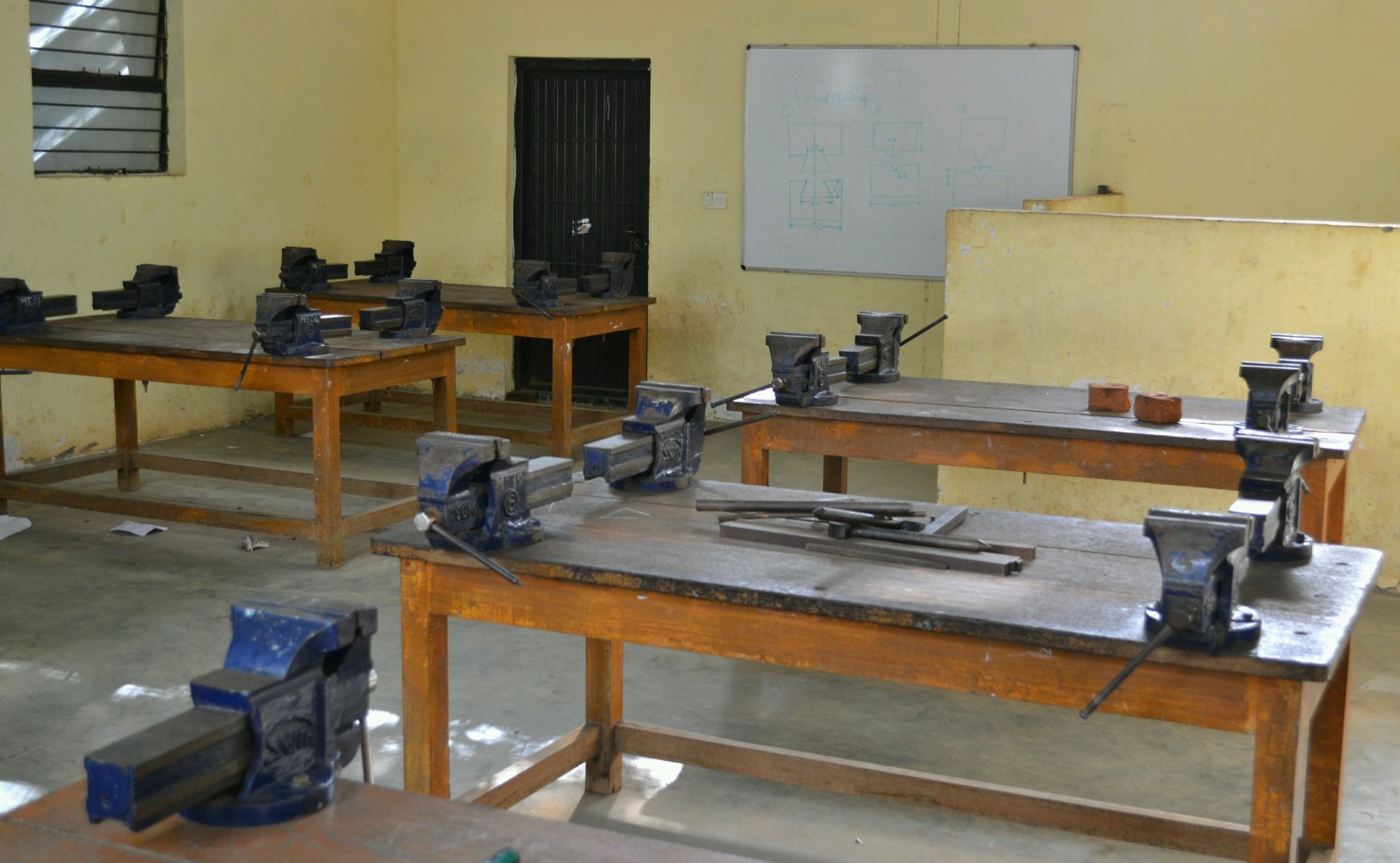
Workshop I (Batch 1)
Workshop I Objectives:
To develop skills to understand various tools, processes and material.
Understanding various basic tools used for carpentry joinery and fabrication.
Understanding workshop rules, safety norms and care in handling various
manually operated and motorized tools.
Basic understanding of wooden joints, evolution of joints, needs of joints, making
simple wooden joinery parts.
Understanding various building materials and their tools used for cutting, joining
and extension. Handling materials like wood, marble, steel, MS, plywood, POP,
Aluminum etc.
Understanding nailing, screwing, riveting and their various conditions and types
of applications.
Expression of forms – By handling various materials.
Sessional work: Model Making.
Evaluation shall be done on following heads:
Simplicity, honesty of material, concept, translation of concept, detailing,
workmanship and expression.
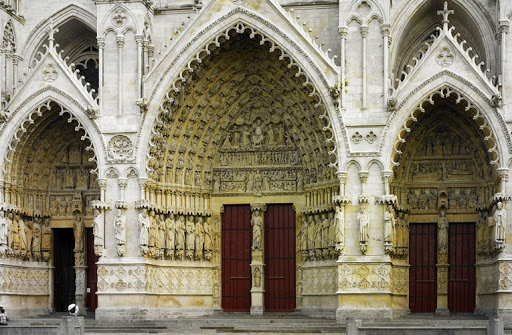
History of Civilization (Batch 2)
Syllabus
Objectives:
To provide an introduction to the architecture of early civilisations as an expression of art and culture of that place.To understand and interpret basic needs and lifestyle as determining factors for growths of early settlements.
Unit I:
Prehistoric Architecture- Evolution of architecture. A study of primitive people, shelters, settlements. Examples: Menhirs, Dolmens, Trilithons, Stone circles, Stone hedge, Cave dwellings. Catal Huyuk
Unit II:
Nile Valley Civilization: The impact of the context, culture and society on art and architecture of the Egyptian Civilization. Evolution of tombs, valley of Kings, necropolis.
Unit III:
Indus Valley Civilisation: The impact of the context, culture and society on art and architecture during Early Indus settlements in Mehrgarh, Harrapa, Mohenjo Daro, Dholavira.
Unit IV:
Euphrates & Tigris river valley Civilisation: The impact of the context, culture and society on art and architecture of Asayrian, Sumerian, Mesopotamian and Babylonian period.
Unit V:
Yellow River Civilisation: The impact of the context, culture and society on art sculpture and Architecture during Prehistoric, Xia Dynasty, Shang Dynasty and Zhou Dynasty
Unit VI:
Vedic Architecture and Settlements: Rise of cities, Mahajanapadas, introduction to scripture Exercises: Design of exercises to understand, analyze, interpret, synthesize the study of historical structures to develop understanding of architecture

Theory of Architecture-I (Batch-2)
Syllabus
Unit I: Introduction to Architectural Design:
Definition of Architecture; Elements of Architecture backed by need and followed by fulfilment of need.
Unit II: Scope of Architectural Design:
Architectural Design – An analysis – Integration of
aesthetic and function
Unit III: Architectural Space and Mass:
Mass and space, Visual and emotional effects of geometric
forms and their derivatives – Sphere, Cube, Pyramid, Cylinder, Cone, etc.
Unit IV: Aesthetic Components of Design
Proportion, Scale, Balance, Rhythm, Symmetry, Hierarchy,
Pattern, Axis with building examples.
Unit V: Application of Colour in Architecture
Effect
of colour in architecture – Colour symbolism

Building Services-I (Batch B_VBJ)
Syllabus
Objective:
Aim of this subject is make the students aware of the importance, installation and working of essential services in buildings, and a way building services help in generating a cleaner and healthier built environment. The students should also be made familiar with I.S. codes related to services. The first part deals with the basic aspects of water supply, sewage disposal, refuse and storm water disposal in buildings.
Unit I:
General idea of sources of water supply, qualitative & quantitative aspects, impurities, hard & soft water, standards for quality of water. Study of standards regarding water demand and consumption in different types of buildings, computing demands for domestic use, connection from municipal supply, domestic water supply systems, types, capacity-design-construction of suction & storage tanks.
Unit II:
Down take supply, water supply pipes, and their sizes, jointing, fixing and laying. Various valves, fittings and fixtures like taps, showers etc. Domestic hot water supply system, water heaters.
Unit III:
Principles of sanitation, water carriage systems, collection of waste matter in buildings. Various sanitary fittings and fixtures like water closets, urinals, wash hand basins, sinks, flushing cisterns, shower trays, bath tubs, bidets, drinking water fountains etc.
Unit IV:
Various traps and their function, sewage collection and disposal system for individual buildings. Various types of sanitary pipes and their jointing, fixing and laying, manholes, inspection chambers, intercepting chambers.
Unit V:
Self cleansing velocity, invert levels, drains on sloping sites, sewage disposal system in un-sewered localities- septic tank, soak pits, cesspools, aqua-privy, leeching pits for individual building of urban and rural areas.
Unit VI:
Refuse disposal- Sources, types, collection, storage and transport, provisions for refuse disposal individual building level, refuse chutes. Storm water drainage- collection and disposal.
|
Year- 2020-21 Semester- IV SEMESTER |
|
|
Subject- Building Services I |
|
|
Sr. No. |
Course Outcome |
|
CO1 |
Introduction to the basic services of plumbing and sanitation for single residential unit. |
|
CO2 |
Understanding the basics of a water supply system in a small residential unit like calculating demand, supply layout (hot and cold water), etc. design of various plumbing fittings and sewage disposal systems in a residence. |
|
CO3 |
Design of Site waste disposal system like septic tanks and cesspools |
|
CO4 |
Understanding Refuse disposal for a small residence |

Building Services I (Batch B)
Objectives:
Aim of this subject is make the students aware of the importance, installation and working of essential services in buildings and a way building services help in generating a cleaner and healthier built environment.
The students shall also be made familiar with I.S. codes related to services.
This part of the building services deals with various systems and components of water supply and its drainage.
This also focuses upon the Architectural design consideration regarding space allocation and design of building elements to anchor the services so as to achieve balance of functional efficiency and building aesthetics.
References
Birdie, B. S. (1996). Water supply and Sanitary Engineering. Dhanpat Rai and Sons.
Punmia, B. C., Jain, A. K. and Jain, A. K. (1995). Water Supply Engineering. New Delhi : Laxmi Publications.
Punmia, B. C., Jain, A. K. and Jain, A.K. (1998). Waste Water Engineering. New Delhi : Laxmi Publications.
Rangwala, S. C. (2005). Water Supply and Sanitary Engineering. Charoter Publishing.
